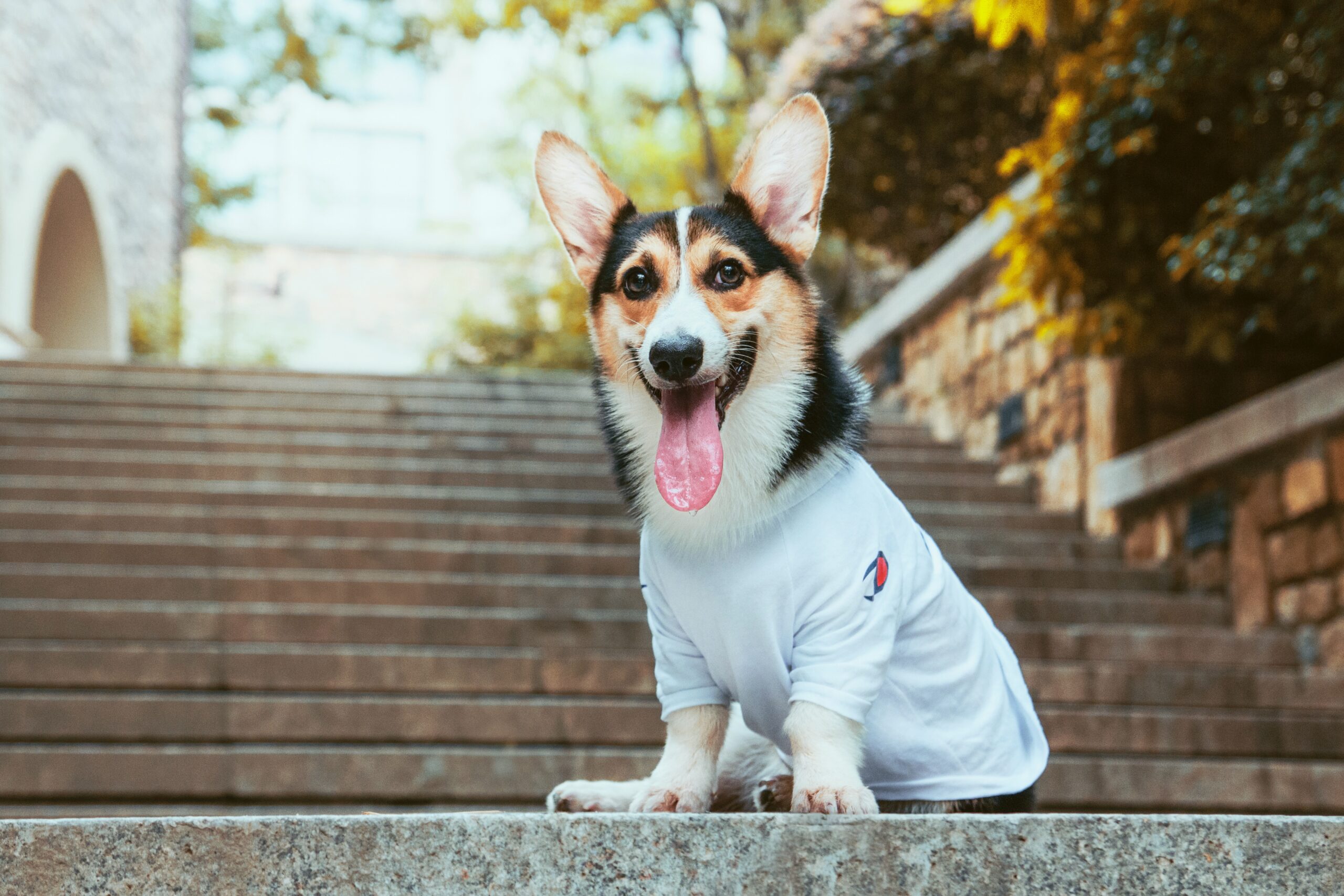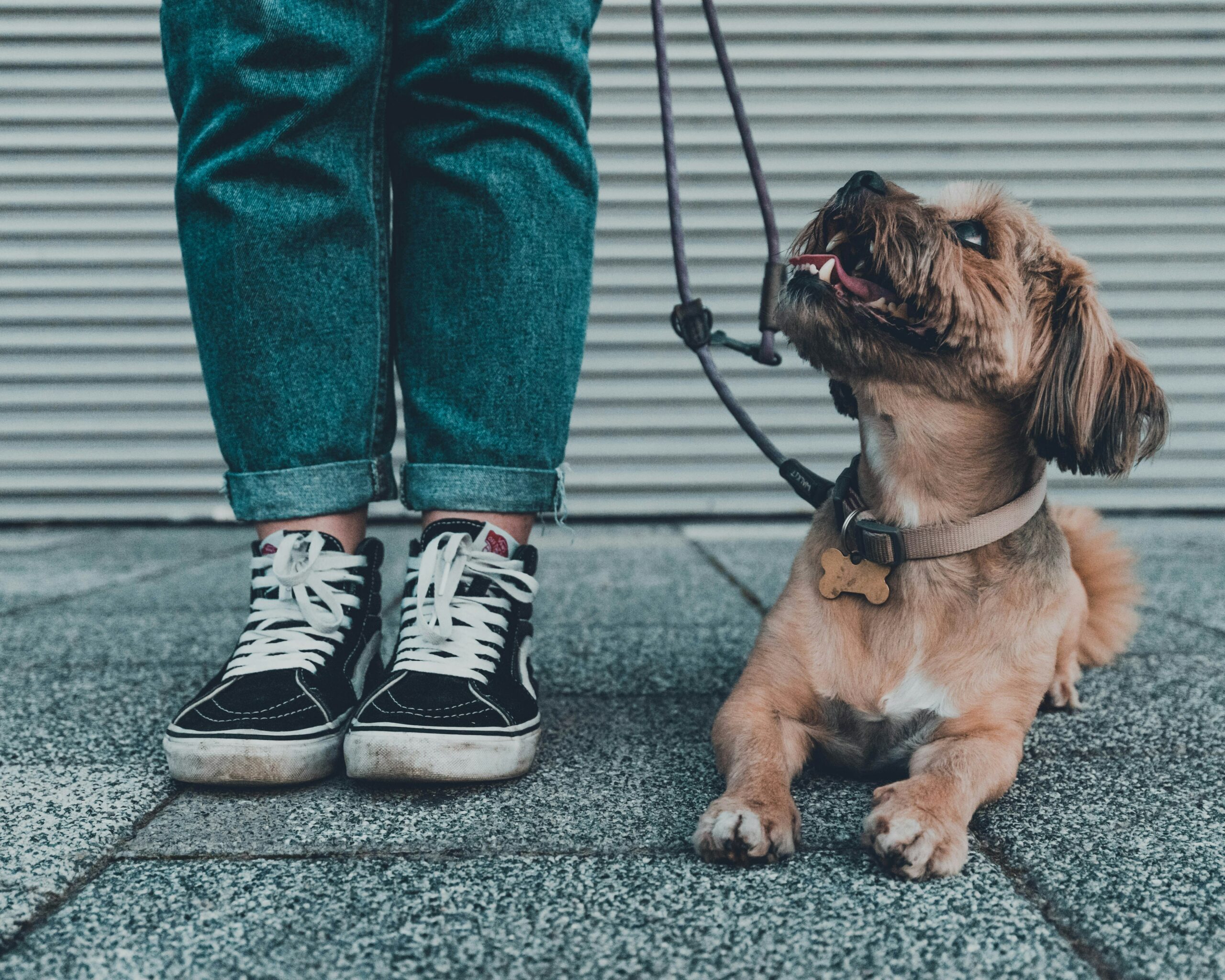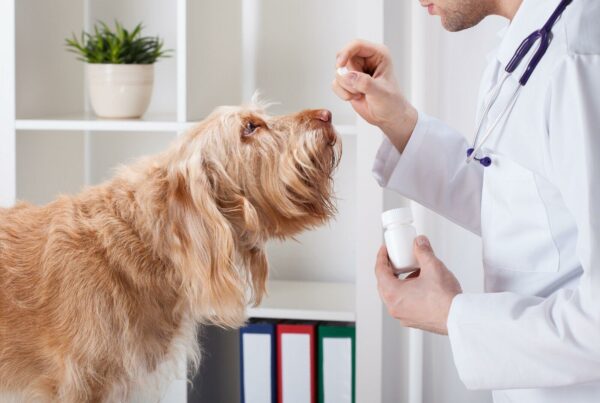Dog lovers know well how intuitive their pets are. Dogs are considerate beings that try hard to integrate comfort into your household. Like most people, you look at your dog’s cues to help judge whether they are experiencing joint pain. Unfortunately, the joint pain symptoms in dogs can come in small, subtle ways.
When a joint disorder becomes severe enough, it can lead to osteoarthritis and more. Yet, there are ways to help your dog ease into discomfort that can help. Be sure to keep checking out this article for our top guide on how to recognize signs of joint pain in dogs and how to help your dog out!
Limping or Reluctance to Use a Leg
When trying to determine if your dog is suffering from joint pain it is important to look out for signs such as limping or reluctance to move a certain leg.
If your dog is limping, it is important to note whether it is constant or intermittent, as an occasional limp is often caused by either having stepped on something or a minor over-exertion of a joint.
But, if the limp is a constant issue and accompanied by other signs such as reduced appetite or reluctance to go on walks then it is likely due to joint pain. It is also important to link the limping or reluctance to a specific area, such as a hip, ankle, or knee.
One way to determine this is to observe your dog when they move, as it may display signs of difficulty in a particular area. If you suspect that your dog is in pain, it is important to take them to a veterinarian so that they can diagnose and treat the issues at hand.
The veterinarian may then offer treatments or prescribe medications like ultra joint supplement to help reduce your dog’s pain.
Changes in Their Eating Habits
One way to tell if your dog is in pain is to observe changes in their eating habits. Watch for if your dog is avoiding eating completely. If their appetite has decreased or if they are having difficulty with the motions of eating, such as picking the food up in their mouth or chewing.
Watch for any change in the amount of food they consume. They may be eating less or even more than normal, both of which show ate a joint issue. Weight fluctuations may be observed, as joint pain can cause a decrease or increase in appetite. If you begin to notice these changes in their eating habits, you may want to take them to the vet to be checked for joint pain.
Display Signs of Anxiety or Aggression
Signs of anxiety or aggression about joint pain in dogs can vary, but there are certain signs to look out for. Dogs with joint pain may be less interested in physical activity and may become restless, pacing or lying down and then getting up again. They may become less tolerant of handling or grooming and may snap or growl if touched on the affected area.
They may vocalize than usual or become more vocal, barking more often. They may also show signs of irritability, such as obsessive licking or biting, or may become startled. Watch for changes in their interactions with other dogs or people, such as becoming more reclusive or aggressive or favoring certain individuals or actions.
Whimper or Growl Due to the Pain
If your dog is experiencing joint pain, it may whimper or growl due to discomfort. Pay close attention to the sound and look for any signs of pain or physical changes.
You may notice that your dog whimpers or even growls when they are touched or moved in certain areas. For instance, if you always wipe their paws after a walk and they suddenly don’t want you to do this anymore, this could be another clue. Another is whimpering “out of no where”. This could be due to the discomfort of their joint soreness. If your pup starts to whine or growl during petting or if they seem to be in pain while playing, it may be an indicator of joint pain.
Swollen Joints
Swollen joints in dogs can be caused by various medical conditions as well as long term affects of feeding your dog store bought food (read raw, kibble, freeze dried, canned), and it is important to visit a veterinarian to determine the cause. When examining your dog for joint pain, pay close attention to any swelling or tenderness in its joints, such as the elbows and paws. If you notice any bruises, heat, or tenderness, your dog is likely experiencing joint pain.
It’s important to be aware that your dog may be experiencing joint pain or swollen joints. To determine if this is the case, it’s important to assess your pet’s activity and behavior.
Sleeping More Than Usual
Sleeping more than usual can be a red flag that your pup is not feeling well. Dogs who are uncomfortable due to joint pain tend to lazy around, often rest more, and be less active than usual.
They tend to sleep more and move less. This is an especially concerning sign in active dogs or puppies that are usually full of energy and always eager to explore and play.
Licking the Joint When Touched
It is important to be observant when trying to determine if your dog is experiencing joint pain. One sign that may be indicative of joint pain is licking the joint when touched.
If your dog begins to lick or chew on the affected area, this may be a sign that the site of touch is causing pain or discomfort.
Look Out for These Signs of Joint Pain in Dogs
The key to telling these signs of joint pain in dogs is to pay close attention to their behavior and body language. Monitor your dog for limping, stiffness, or reluctance to move.
Contact your vet if you notice any of these signs. Taking your dog for regular checkups and ensuring it gets adequate exercise and a nutritious diet can help keep them healthy and pain-free. Start acting today to help your pet stay healthy and happy.
Photo credit: https://unsplash.com/photos/Gv7xtQRtM3s
Did you find this city dog content helpful? Share it with a friend or link it to social media. Enjoy short clips of silly dogs? Best dog training videos? Holistic puppy training tips? Follow us on instagram @nydognanny or on YouTube at nydognanny. Have some news you needs to get to dog and cat parents stat? Email info@newyorkdognanny.com with your article pitch.




